About Mount Fuji
Mount Fuji (富士山) is the highest point in Japan and a volcanic mountain. It is located about 100km southwest of Tokyo, on the border of Yamanashi and Shizuoka prefectures in the Fuji Hakone Izu National Park. Past volcanic eruptions have given Mount Fuji its current height of just over 3700 metres. The volcano has been dormant for over four hundred years, with the last eruption in 1708. It attracts hundreds of thousands of visitors every year – in 2010 there were an estimated 322,000 visitors and 320,900 people climbed the mountain.
The climbing season is from 1 July to 31 August. At other times of the year, the temperature at the top of the mountain is too cold, only reaching around 10°C in midsummer.
Mount Fuji is an internationally famous Japanese landmark. People can see it through the Tokyo skyline, even though it’s far away. The mountain is also known for its white, snow-covered summit, which is snow-covered for most of the year due to the freezing weather at the summit. Mount Fuji is a symmetrical cone, meaning it looks the same from all sides, making it a focal point for visitors. Artists often depict Fuji-san in their works.
Etymology
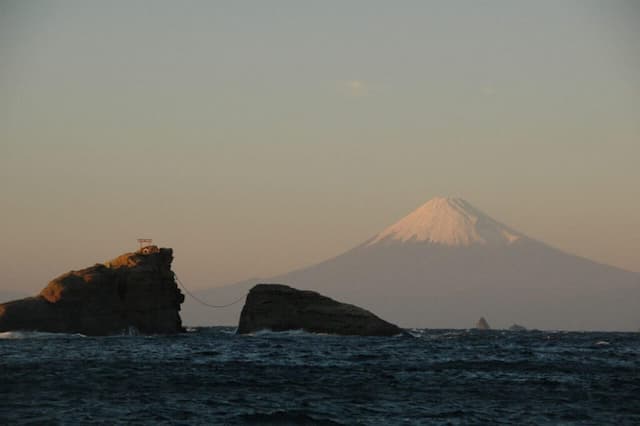
People often speculate about the origin of the name ‘Fuji’. There are theories that it comes from various root languages. The Kanji characters used for Fuji are 富 and 士. 富 means ‘abundant’ and 士 means ‘samurai’ or ‘gentleman’. However, it’s unclear how these characters relate to Mount Fuji. Experts believe that people chose the characters based on the pronunciation of the symbols rather than their meaning.
There are several variations of the name Mount Fuji, including Fuji-san – a Japanese version of Mount Fuji, Fujiyama or Fuji no yama (‘Mount Fuji’), Fuji no Takane (‘the high peak of Fuji’)
Fuyo ho (‘Lotus Peak’)
The most popular names are Fuji-san and Mount Fuji.
How to get to Mount Fuji?
If you want to visit Fuji-san, the easiest way to get there is by train and then by bus. There are three stations nearby that you can use – Fujiyoshida, Gotemba and Fujinomiya. Using public transport is more fun because you can enjoy the scenery as you travel.
If you prefer to drive, the Chuo Expressway is the most direct route. However, you will have to pay tolls and there may be a lot of traffic. So it’s possible that taking the train might be cheaper and more enjoyable.
How to get to Fuji-san?
Mount Fuji, like the rest of Japan, is famous for changing with the seasons.
In autumn and winter, the leaves change colour and fall from the trees. It also gets quite cold and most of the summit is covered in snow. During these two seasons, people generally visit Mount Fuji to enjoy the aesthetic qualities of the mountain.
In spring, the famous Japanese cherry blossoms (sakura) bloom for a few weeks. There are many sakura trees at the foot of the mountain, so people can have a picnic and enjoy the scent and freshness of the exquisite trees that bloom for such a short time.
Summer is the climbing season, between July and August. Thousands of visitors flock to Mount Fuji to climb to the top and enjoy the view. Climbing is closed during the other months. Reaching the summit is a very rewarding experience, and most people should try to do it at least once (it’s said that most people aren’t crazy enough to try twice). As it is a large mountain, if you plan to climb it, make sure you are well prepared.
What to do around Fuji?
As well as climbing, there are other things you can do nearby. For a fee, you can go on horseback rides that go part of the way up the mountain.
Around the base of the mountain are the Fuji Five Lakes. In addition, the nearby town of Hakone has a number of hot springs created by past volcanic explosions. You can relax in these hot springs, which are usually attached to a ryokan (traditional Japanese inn) if you’re interested in staying overnight near Mount Fuji.
Whatever you decide to do, be sure to include Fuji in your travel plans. It’s a must-see spot in Japan!

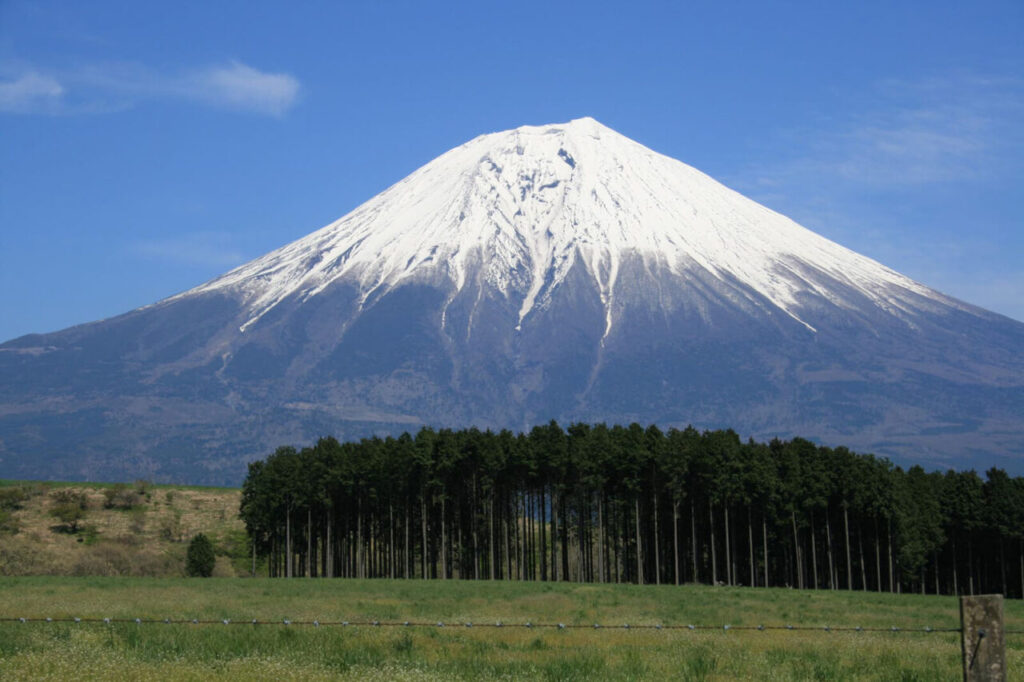
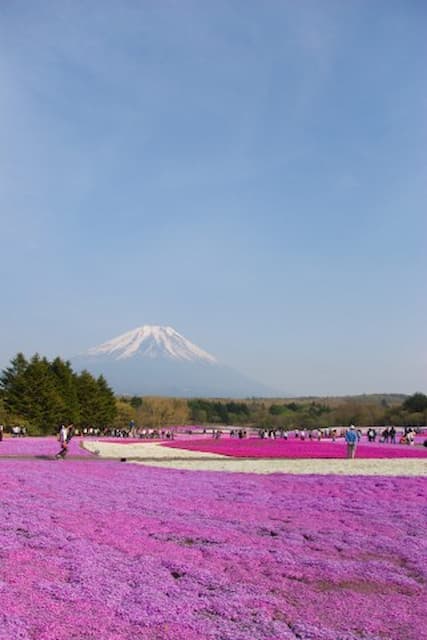
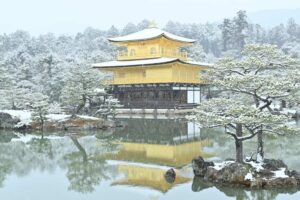

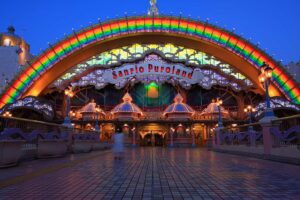

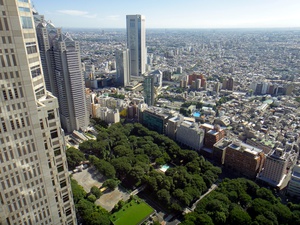
Comments